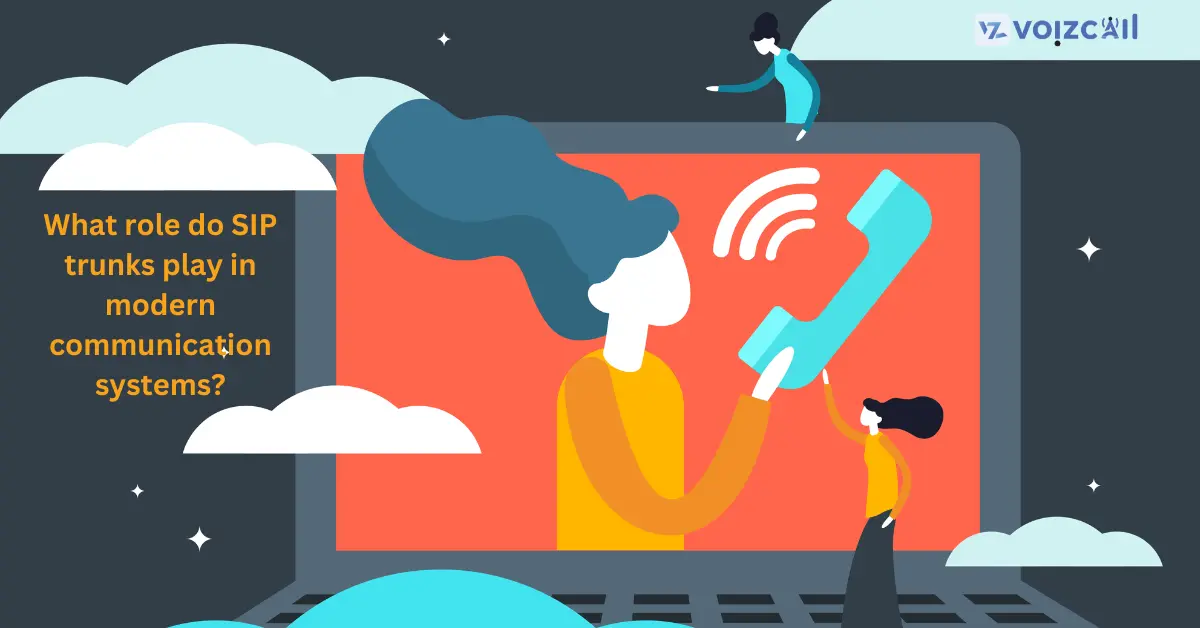


04/Mar/2024
In the intricate landscape of modern communication systems, Session Initiation Protocol (SIP) trunks have emerged as key components, playing a pivotal role in transforming the way businesses communicate. Unlike traditional phone lines, SIP trunks leverage the power of the internet to facilitate voice and multimedia communications, offering several advantages in terms of scalability, flexibility, and cost-efficiency.
One of the primary roles of SIP trunks is to enhance scalability. Traditional phone lines often necessitate physical infrastructure changes when scaling up or down, leading to complexities and delays. In contrast, SIP trunks operate over the internet, allowing businesses to easily add or remove channels based on their communication needs. This scalability is particularly beneficial for organizations experiencing growth or fluctuating call volumes.
Flexibility is another hallmark of SIP trunks. They support not only voice calls but also video, instant messaging, and other multimedia communications. This versatility ensures that businesses can adapt to various communication preferences, providing a seamless and integrated experience for both internal and external interactions.
Cost-efficiency is a significant driver behind the adoption of SIP trunks. By leveraging the internet for communication, businesses can significantly reduce costs associated with traditional phone lines. SIP trunks eliminate the need for dedicated physical lines, enabling more efficient use of resources and reducing overall communication expenses.
SIP trunks also contribute to business continuity and disaster recovery. In the event of an outage or disaster, calls can be easily redirected to alternative locations or devices, ensuring uninterrupted communication. This resilience is crucial for businesses, especially in today's fast-paced and interconnected global environment.
In conclusion, SIP trunks play a transformative role in modern communication systems by offering scalability, flexibility, and cost-efficiency. As businesses continue to embrace digital transformation, the adoption of SIP trunks becomes increasingly integral to creating agile, adaptive, and robust communication infrastructures.